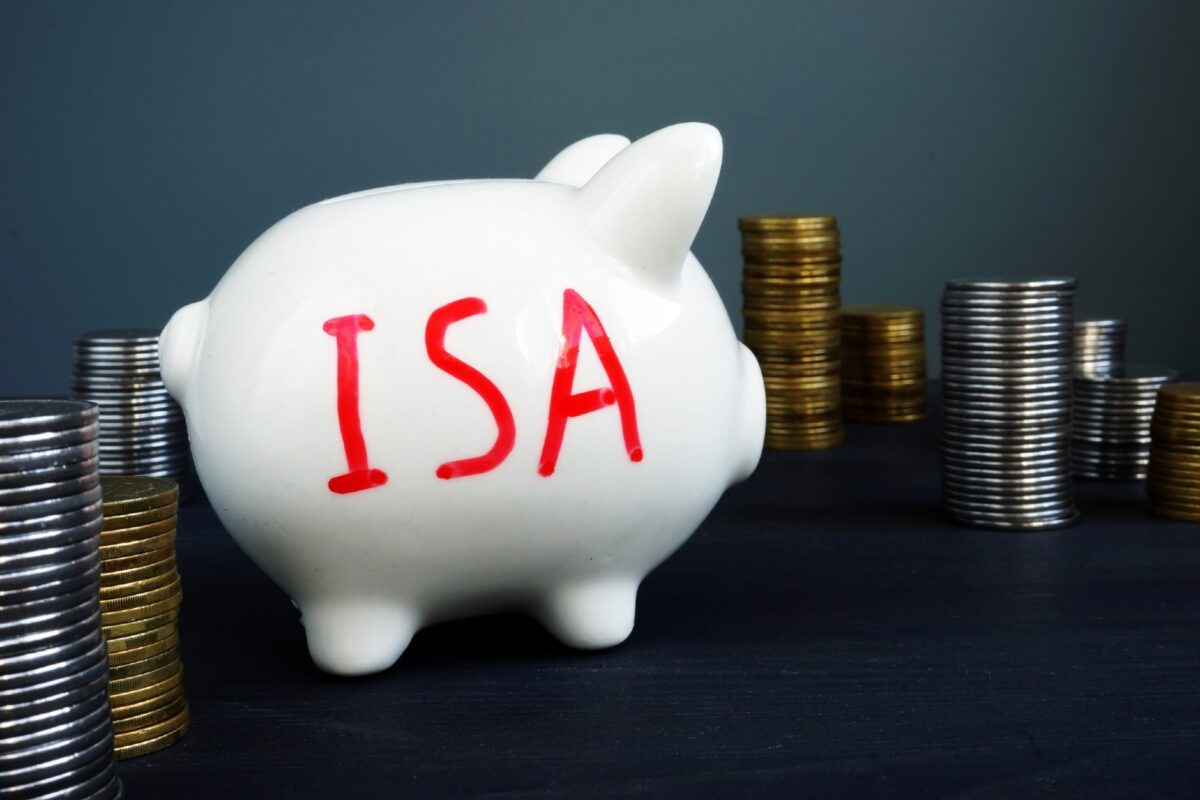Like many people, I use a Stocks and Shares ISA as a vehicle for long-term investment.
But how much can an investor earn using that approach?
Understanding the four variables
There are four things that produce the answer to that question and I will explain each in turn below. They are the amount invested, share price movement, dividends, and costs.
Variable one: amount invested
This may sound easy, as I have already specified a £20k ISA as my example.
But along the way, if dividends were received, an investor would have a choice. They could receive them as cash, or they could keep them in the ISA wrapper to reinvest (known as compounding).
So a £20k ISA could end up having more than £20k invested through it, without the investor putting in a penny more after the initial amount.
Variable two: share price movement
This one is pretty simple to understand. If share prices go up, the ISA could be worth more a decade from now. If they go down, it could be worth less.
That explains why it is not always enough to stuff a Stocks and Shares ISA with brilliant businesses. It also matters how much an investor pays for them.
Variable three: dividends
As I mentioned, dividends could boost the long-term value of the ISA either as cash sitting in it, or reinvested in more shares.
Variable four: costs and fees (even small-seeming ones!)
Something that can be forgotten (but should not) is that the fees and charges associated with a Stocks and Shares ISA can eat into returns.
Is 2% a lot?
It might not sound it. But consider this: a 2% commission annually on £20k would have cost an investor over £3,600 after a decade.
Choosing the right Stocks and Shares ISA can therefore be a key determinant of how it performs.
Long-term wealth creation
Imagine an investor has an ISA comprising shares that on average produce 10% compound annual growth.
That would be a combination of share price gain, dividends (and compounding), and the negative effect of ISA supplier costs and fees.
After a decade, that ISA would be worth around £51,870. Not bad at all!
Finding shares to buy
That example depends on finding shares that deliver 10% compound growth annually on average, after ISA costs.
One share I own that I hope might manage to do that is FTSE 100 asset manager M&G (LSE: MNG). Its dividend yield is 9.5% and the firm aims to maintain or grow its dividend per share annually.
Over five years, the M&G share price has fallen 13%.
But past performance is not necessarily a guide to what will happen next. I am hoping that price fall and a market capitalisation of just £5bn or so for such a large business mean there is scope for a higher valuation in future.
I am concerned about clients pulling more money out of M&G’s main business than they put in. That happened in the first half of last year and if it continues, profits could suffer.
But with a strong brand, large client base, and resilient long-term demand for asset management, I have no plans to sell my M&G stake.
This post was originally published on Motley Fool





